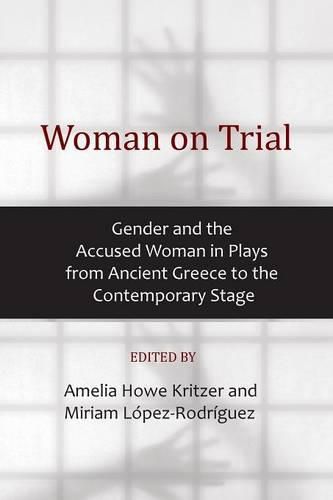Readings Newsletter
Become a Readings Member to make your shopping experience even easier.
Sign in or sign up for free!
You’re not far away from qualifying for FREE standard shipping within Australia
You’ve qualified for FREE standard shipping within Australia
The cart is loading…






The woman on trial appears in plays throughout the history of drama, from its beginnings to the present. This highly dramatic scenario, centering on the archetypical unruly woman and often giving her a voice within the framework of patriarchal authority, frames and highlights constructions of gender in the particular time and place of its performance. This collection of fourteen essays will consider a diverse range of plays about accused women, from ancient to contemporary drama, identifying the ways in which they expose gender construction. These essays consider the type of accusation that prompts the trial, the perspectives of accused and accuser(s), the form of the trial, the type of evidence admitted, the outcome of the trial, and the position of the playwright regarding the outcome. Together they provide a fascinating comparative study of gender construction and policing in plays that reveal common themes and a powerful appeal to audiences.
$9.00 standard shipping within Australia
FREE standard shipping within Australia for orders over $100.00
Express & International shipping calculated at checkout
The woman on trial appears in plays throughout the history of drama, from its beginnings to the present. This highly dramatic scenario, centering on the archetypical unruly woman and often giving her a voice within the framework of patriarchal authority, frames and highlights constructions of gender in the particular time and place of its performance. This collection of fourteen essays will consider a diverse range of plays about accused women, from ancient to contemporary drama, identifying the ways in which they expose gender construction. These essays consider the type of accusation that prompts the trial, the perspectives of accused and accuser(s), the form of the trial, the type of evidence admitted, the outcome of the trial, and the position of the playwright regarding the outcome. Together they provide a fascinating comparative study of gender construction and policing in plays that reveal common themes and a powerful appeal to audiences.